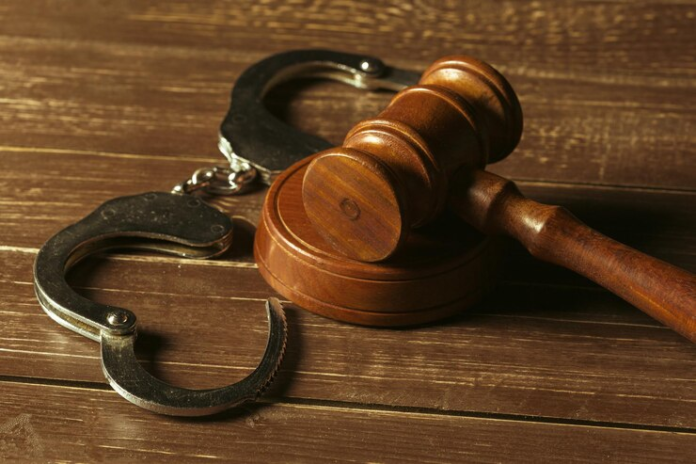The criminal justice system comprises three main institutions: law enforcement, the judicial court, and the corrections system. It begins with law enforcement investigating crimes, gathering evidence, and proceeding through the court system. Judges or juries weigh evidence, render a guilty verdict, and impose a sentence.
The corrections system enforces the sentence to correct the defendant’s behavior. Protections balance the system’s power with defendants’ rights.
This article provides a comprehensive overview of the steps, court hearings, and procedures involved in criminal prosecutions before the appeals stage.
Comprehensive overview
In response to crime, society has established the criminal justice system. The municipal, state, and federal correctional systems, courts, and law enforcement agencies comprise this system.
The responsibilities of the police are to protect the public, gather evidence, catch criminals, and uphold the rights of the accused.
Steps in the Criminal Justice Process
1.Criminal Investigation
Police investigate suspected criminal activity through various methods, including witness reports, observations, and interviews. They may also obtain search warrants for physical locations, vehicles, records, blood, urine, and DNA and apply for search warrants from judges.
2. Arrest a suspect for a crime
A police officer may typically Arrest a suspect for a crime if:
A warrant for the individual’s arrest exists, or there is probable cause, a reasonable factual basis to think that the person committed a crime while the officer was present.
Each jurisdiction has different requirements for an arrest warrant.
3.Charging a Crime
The formal criminal justice process begins with filing charges through an information or complaint. Prosecutors review investigative reports and evidence; in some states, misdemeanor crimes can be charged by information or complaint.
In some jurisdictions, felony crimes must be presented to a grand jury, who vote on the warrant of the charges, not a guilty verdict.
4.Arraignment or First Appearance
The arraignment is the first court appearance after criminal charges are filed. The judge advises the defendant on the charges, penalties, and constitutional rights, such as a speedy trial.
The court may appoint one if the defendant cannot afford an attorney. In some jurisdictions, the defendant must plead guilty, not guilty, or no contest at the arraignment. Other jurisdictions do not require a plea until the plea hearing.
5.Bail and Pretrial Release Conditions
At the arraignment, the judge may discuss bail or bond conditions for a defendant, who may be released without bail or with bail.
Released defendants must agree to appear in court, remain law-abiding, not leave the state, and not contact witnesses or victims. Judges consider the defendant’s criminal history, community ties, and public safety when granting release without needing bail bonds.
How Does the Criminal Justice System Work?
The Fifth and Fourth Amendments safeguard the accused from abuse by law enforcement, including Miranda rights and arbitrary arrests.
In criminal court proceedings, defendants have rights like confronting accusers, avoiding incrimination, and a jury trial.
The process starts with a grand jury indictment or preliminary hearing, followed by an arraignment. If convicted, the defendant may be sent to the corrections system for punishment, which can involve probation, incarceration, or both.
The primary constraint on abuses in the correctional system is the right to be free of cruel and unusual punishment.

